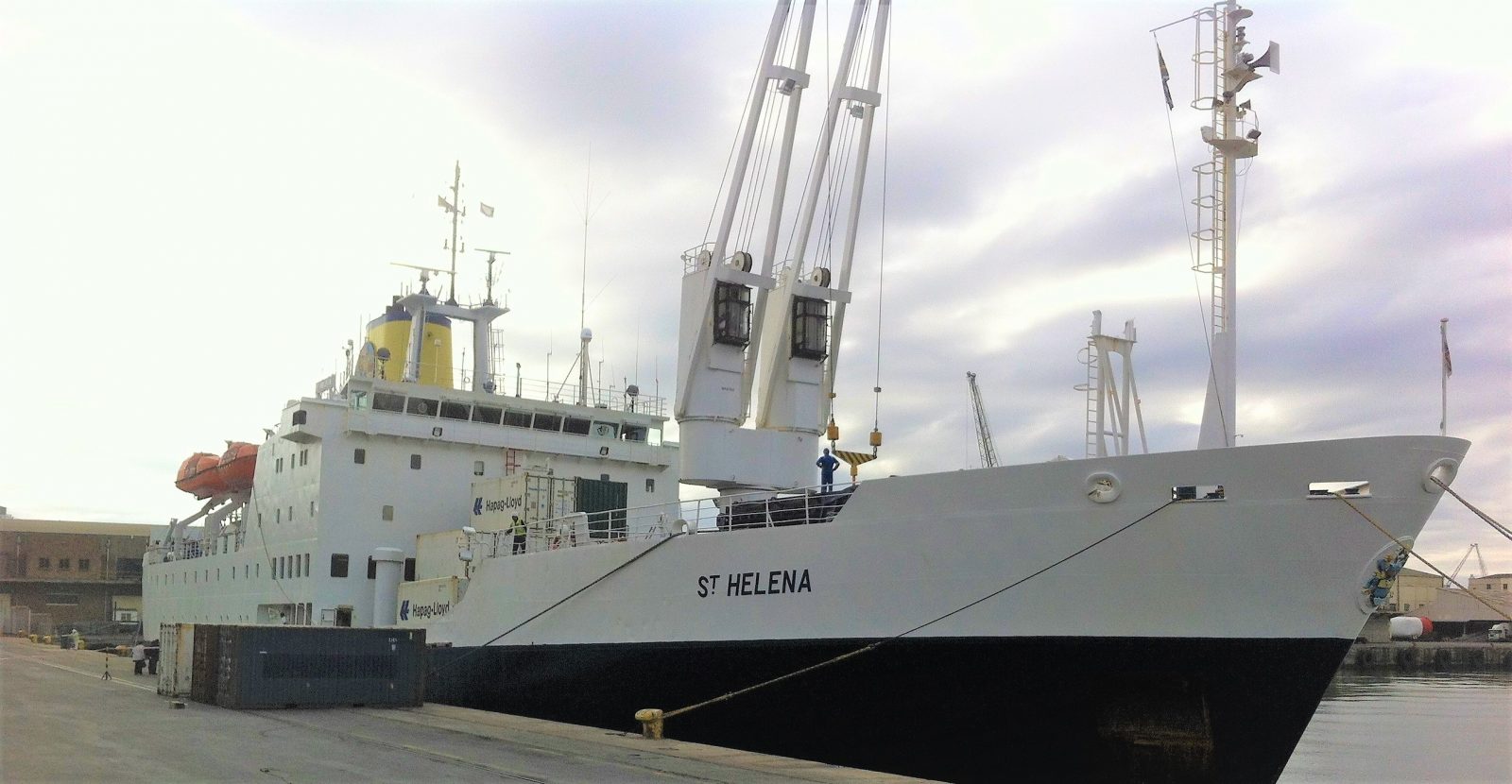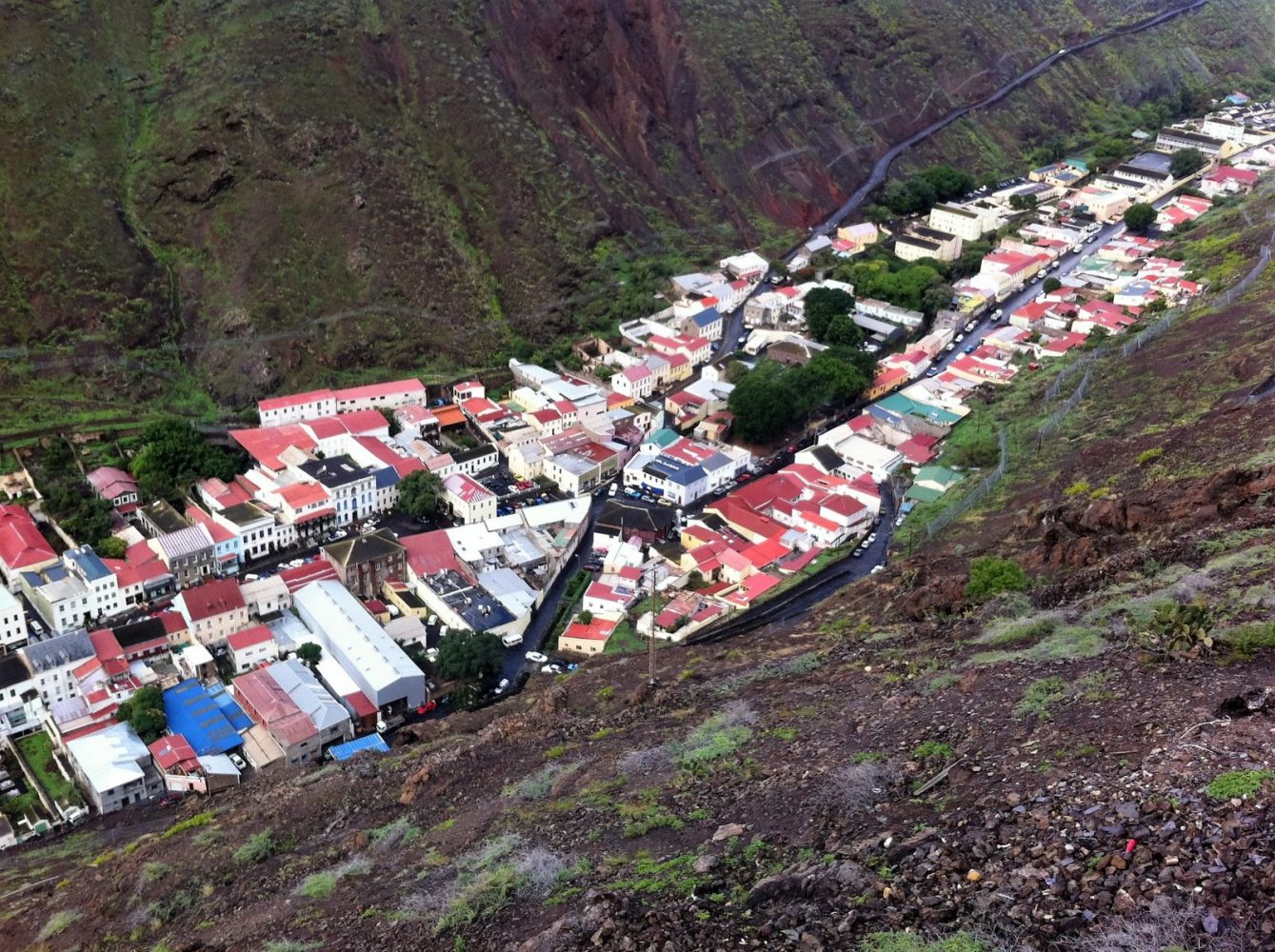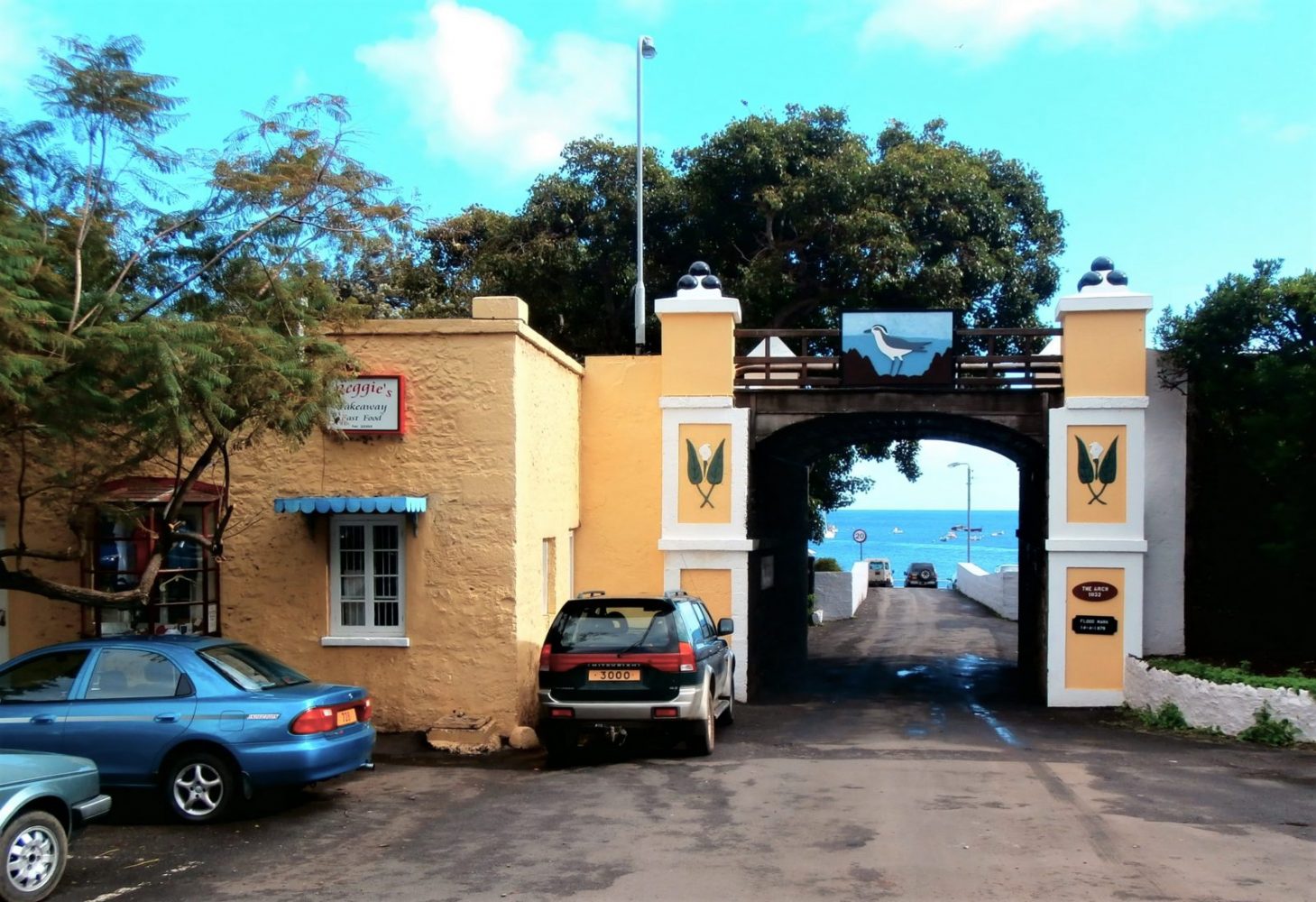St. Helena; a remote island in remarkable trouble
St. Helena may not be the most recognised country in the world, but the predicament in which it now finds itself is quite extraordinary, and deserving of thought.

St. Helena is isolated, and this simple fact is the cause of the islanders’ current sense of complete isolation, even abandonment. It is so far into the Atlantic Ocean, and so far from any other land that until last month when an airport was finally opened it was accessible only with a regular schedule of the Royal Mail ship, the RMS St. Helena.
This vessel served both St. Helena, and Ascension Island on a complex itinerary that offered the Saints, as the islanders are called, approximately fourteen sailings off the island each year.
I was fortunate enough to have visited St. Helena with three friends in 2014, and loved every minute of the six-day voyage. Many of our fellow passengers were working on the airport construction project, an extraordinary engineering feat, and one that promised to open the island to the outside world and generate the beginnings of a tourist-based economy.

We did, however, feel a little perplexed; the generosity of governments is not well known, and to spend well over £250 million on a tourism development project for an island of 4,000 people did seem a touch munificent. “Could it”, we wondered, “have anything to do with the American’s rather robust presence on Ascension Island?”
Ascension is a volcanic pile of rock with no indigenous population, and its attraction is purely based on its strategic location. The US military built “Wideawake Airfield” there, and although it lies on British soil and is the home of the RAF Ascension base, the Americans are, as is their wont, getting increasingly edgy about who goes there.
This is important because civilian traffic between the UK and the Falkland Islands (remember that war?) use Ascension as a refueling base, and passengers are now subject to an American veto. There is a substantial GCHQ base there, the British equivalent of the American NSA, and civilians working for the BBC, Cable & Wireless and the meteorological services.

None of whom the Americans really want anywhere near there airbase.
Well then; thoughts that Washington might become increasingly finicky about visitors to this British island and gradually move to an administrative “occupation”, such as that in Diego Garcia, led us to ponder a simple question.
“Were the British, under the guise of an extremely big-hearted approach to tourism and the four thousand islanders, actually shifting their mid-Atlantic base south to St. Helena? Would a new GCHQ base flourish there, and would this become the UK’s and Europe’s new watching base in the South Atlantic?”
Who knows? Well, some obviously do, but we don’t. Six days on a ship in the South Atlantic will do this sort of thing to even reasonable chaps’ minds however, and we had a wonderful time whiling away the six days afloat pondering.
And also marveling at the engineering masterpiece the airport was.

Imagine, if you will, building an airport on a remote island; the first caveat was that there was no dock suitable for landing any serious equipment, and this necessary facility had to be built from pieces that would fit through the eighteenth century archway on the Jamestown waterfront.
A 450 metre mountain peak had to be chopped up and moved to fill in a 450 metre gully in order to create level space for a runway, and all from original pieces of machinery that could fit through a hole in the wall that was about 15 x 20’ in size. Remarkable.
The problem today, however, is that this astonishing airport doesn’t work. The turbulence and wind shear is so great that it appears to be too dangerous to fly to the airport with any payload at all. There have been two aircraft land, one a Bombardier Challenger jet, and the other an Airbus on a proving flight. In both cases, the pilots reported dramatic and dangerous turbulence, and did not want to fly there again.
Consider the danger; the island is so remote that its alternate airport is Windhoek, 2,000 kilometres away, and aircraft flying to St. Helena will have to carry sufficient fuel for this possible diversion; this means that they will always land “heavy”, and the dangers of an incident on the runway are difficult to comprehend.
There would be no way for emergency medivac flights to attend and there is no hospital on the island; such an incident could prove to be extremely grave.
Commercial aviation always carries potential dangers, but those specific to St. Helena mean that the airport must be unquestionably and categorically sound. And it is not. This report by Lord Ashcroft well describes the issues at the airport and is important to read.

And what of the islanders? So convinced of the airport’s reliability and the weekly flights that would connect them to the African mainland, the ship has sailed away into the sunset (well, actually north to the UK) to be decommissioned and is three weeks from the island. They are running short of food, there is no plan for the ship to return, although obviously it must do so, and no aircraft in sight.
Local residents who have invested heavily in the tourism boom are facing ruin and the game of finger-pointing is starting. One, the delightful Hazel Wilmot, proprietor of the charming Consulate Hotel and a fellow passenger on the RMS St. Helena, has invested £2 million in her property. Now, with no guests, no way to get on or off the island and no evident solution for the next few months, her future looks bleak.
It is a delightful island, and with its issues of approach and departure still so testing, it is no wonder that the British used St. Helena to assure Napoleon’s exile.
UPDATE: In 2018, following some difficult initial flights, the South African carrier SA Express started weekly flights to St. Helena via Windhoek in Namibia. These, using an Embraer aircraft have proven to be most reliable.
